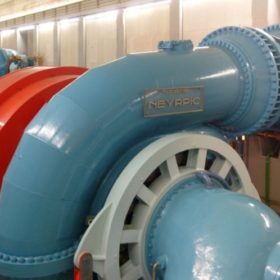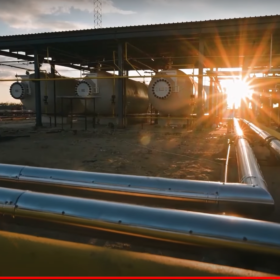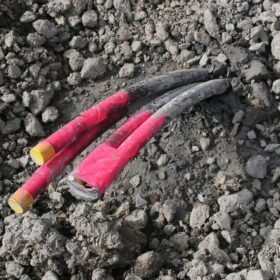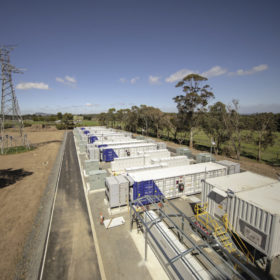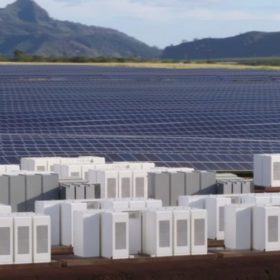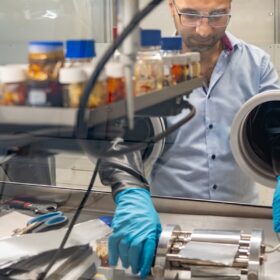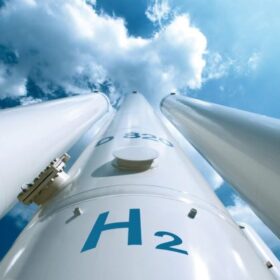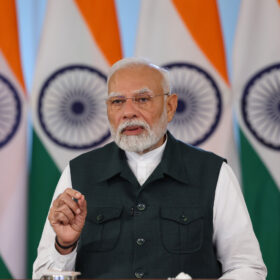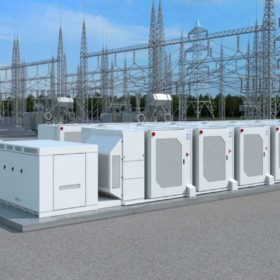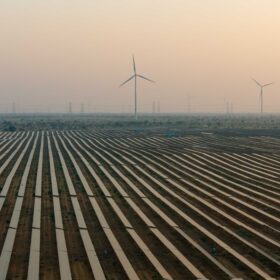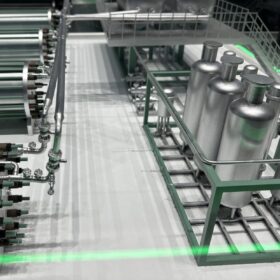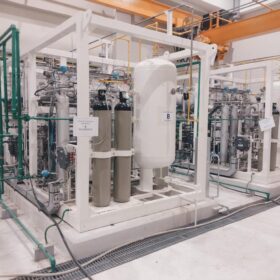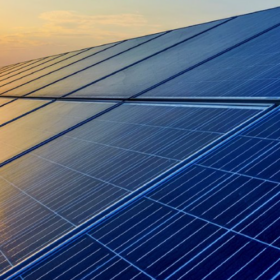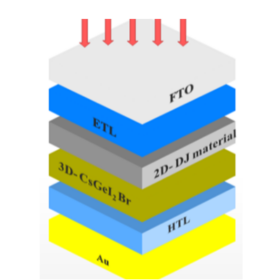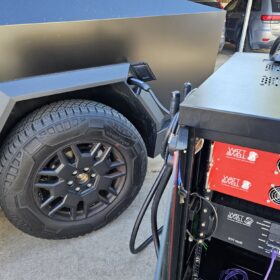Torrent Power secures LoI for 1.5 GW pumped hydro storage capacity
Torrent Power will provide 1.5 GW of energy storage capacity to Maharashtra State Electricity Distribution Co. Ltd (MSEDCL) for a period of 40 years. The capacity will be made available from Torrent’s upcoming pumped hydro storage plant being set up in Raigad District, Maharashtra.
The Hydrogen Stream: India’s Uttar Pradesh receives INR 1.15 lakh crore investment proposals from 17 firms for green hydrogen production
The state government of Uttar Pradesh has received investment proposals amounting to close to INR 1.15 lakh crore from 17 different entities for producing green hydrogen/green ammonia
Using surplus PV power for seasonal underground thermal storage
Scientists have proposed a new system that uses surplus PV energy in the spring and the autumn to charge up underground thermal energy storage for later use in the summer and winter. They have simulated it on a school facility in Seoul, with a few optional configurations for thermal storage. Power savings were up to 39%.
JSW Energy, Reliance Power win SECI’s 1 GW/2 GWh battery storage tender
JSW Neo Energy and Reliance Power have secured 500 MW each in Solar Energy Corp. of India’s tender to set up 1 GW/2 GWh of standalone battery energy storage projects.
SECI launches 2 GW/8 GWh renewables-plus-storage tender
Solar Energy Corp. of India (SECI) is accepting bids to set up 2 GW of renewable energy projects backed with energy storage systems for assured peak supply of 8 GWh (2 GW x 4 hours). Bidding closes on Oct. 14.
Aluminium-polymer battery for stationary electricity storage
The device developed by TU Bergakademie Freiberg researchers uses aluminum as an anode, graphite as a cathode, and a polymer-based solid electrolyte. It is being validated and further developed for industrial production. The goal is storage capacity of 10 kWh.
The Hydrogen Stream: Gensol, Matrix to set up India’s first green hydrogen valley in Pune
Gensol Engineering and Matrix Gas & Renewables will set up a green hydrogen production plant on a build-own-operate basis, for offtake by the specialty chemical sector.
“We want to make India a global hub for Green Hydrogen”: Prime minister Narendra Modi
“The National Green Hydrogen Mission is giving an impetus to innovation, infrastructure, industry and investment,” said Prime minister Narendra Modi in his inaugural address at 2nd International Conference on Green Hydrogen.
NVVN increases battery storage tender size to 500 MW/1,000 MWh
NTPC Vidyut Vyapar Nigam Ltd has doubled the standalone battery energy storage system (BESS) tender size to 500 MW/1,000 MWh with maximum capacity up to 250 MW/500 MWh at each substation. However, a developer can bid only for 50% of the total tender capacity.
India to face significant land, water challenges in scaling renewables beyond 1.5 TW, says CEEW study
A new report by CEEW states that India’s unconstrained RE potential exceeds 24 TW (terawatts), but not all of it is achievable. Even reaching the 7 TW required to achieve net-zero emissions by 2070 will require a holistic approach to addressing challenges such as land access, climate risks, land conflicts, and population density.
